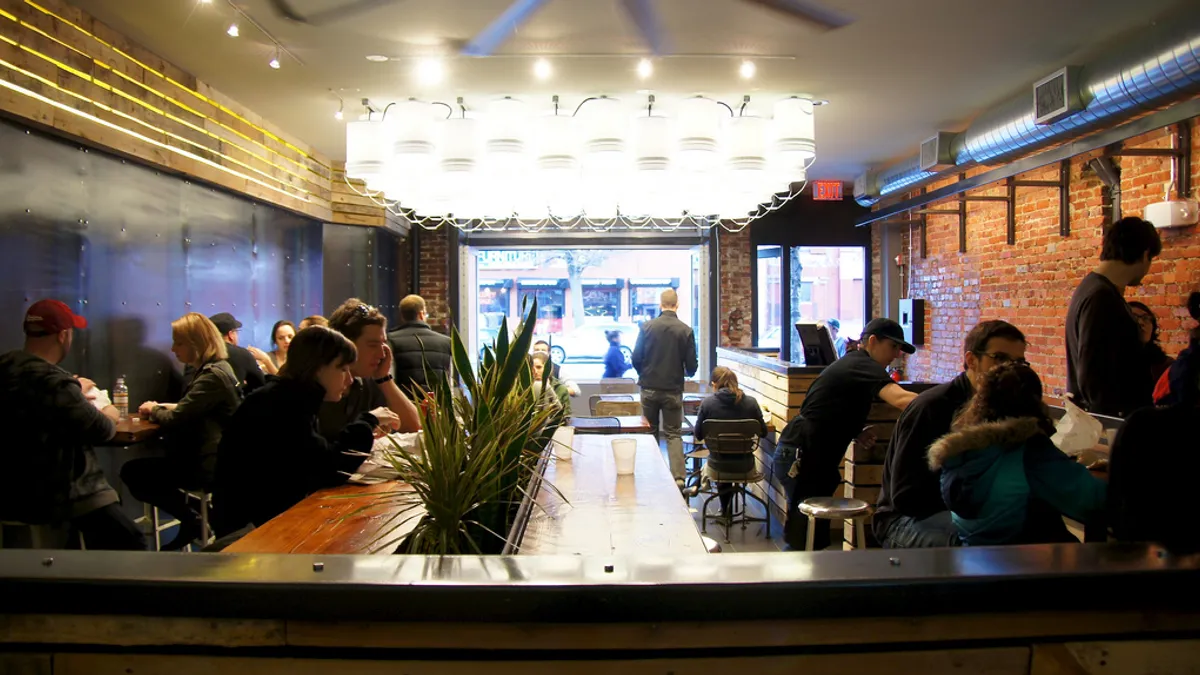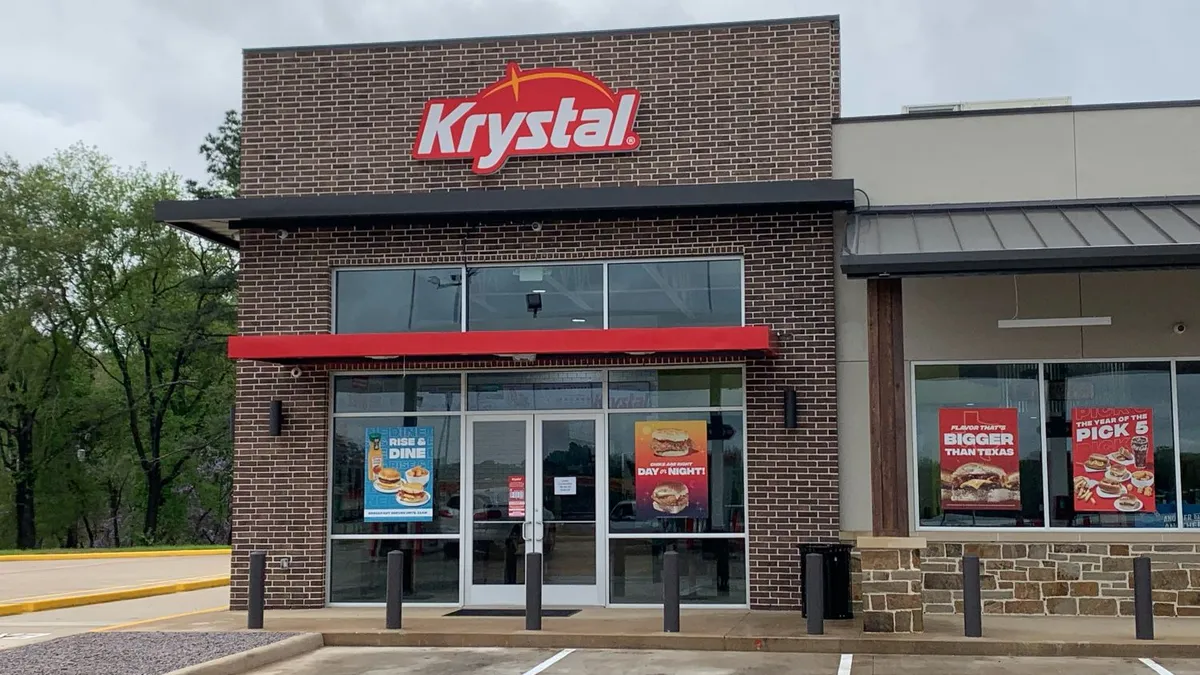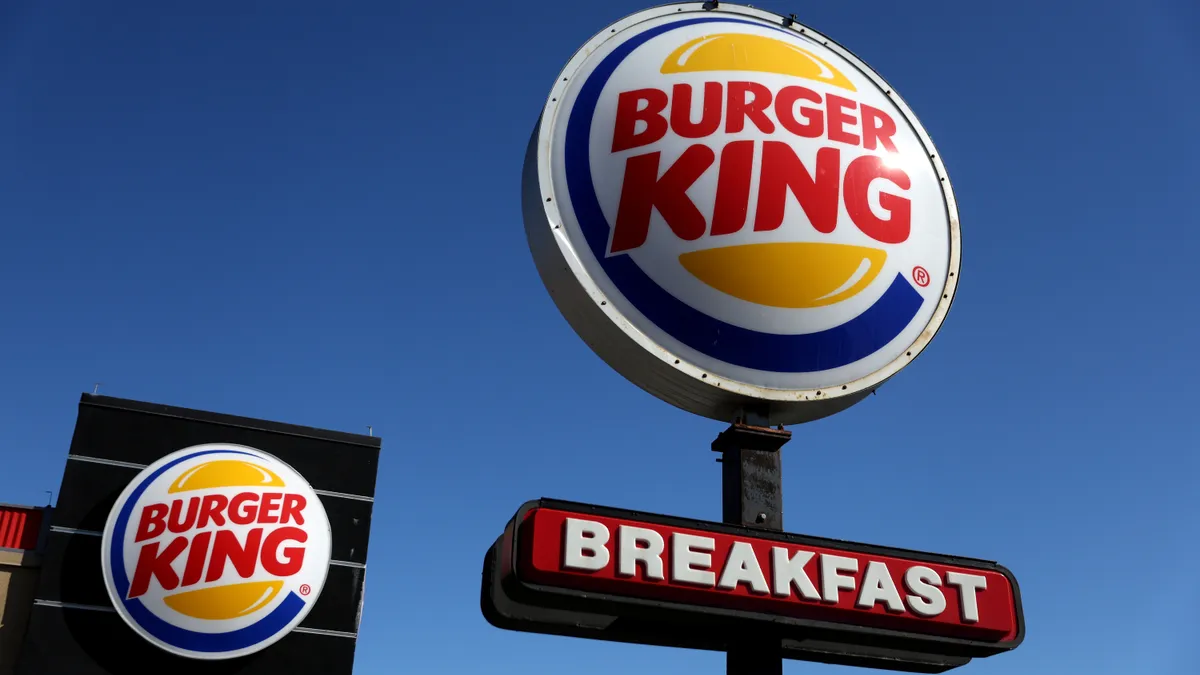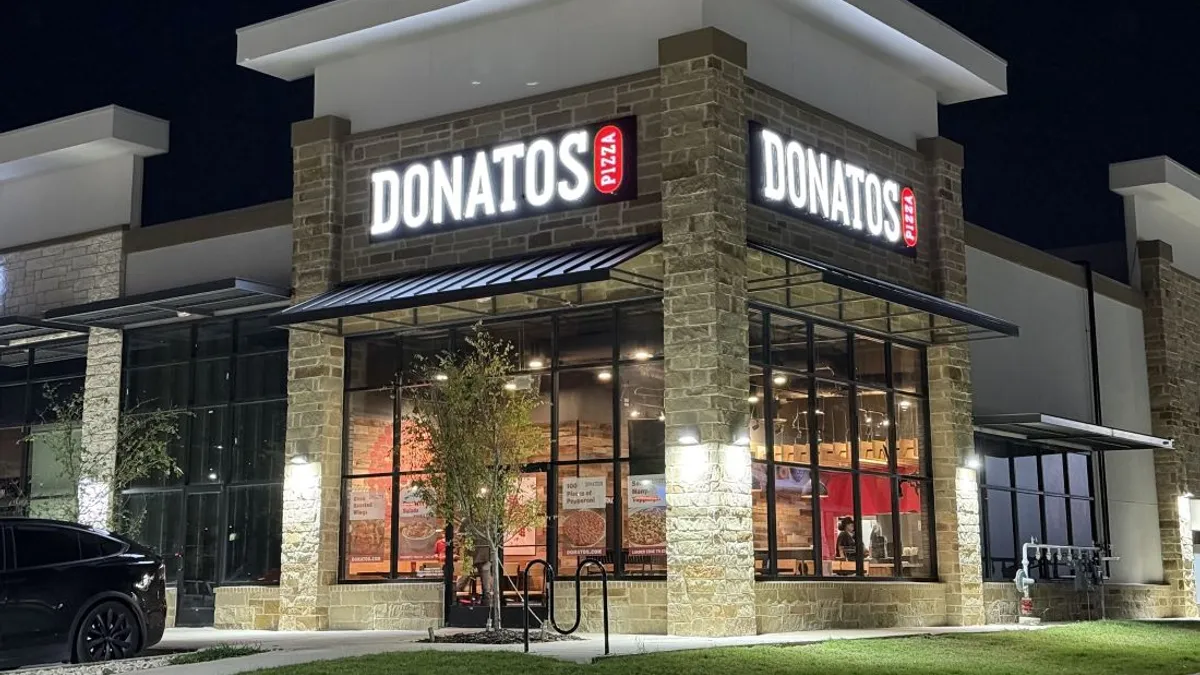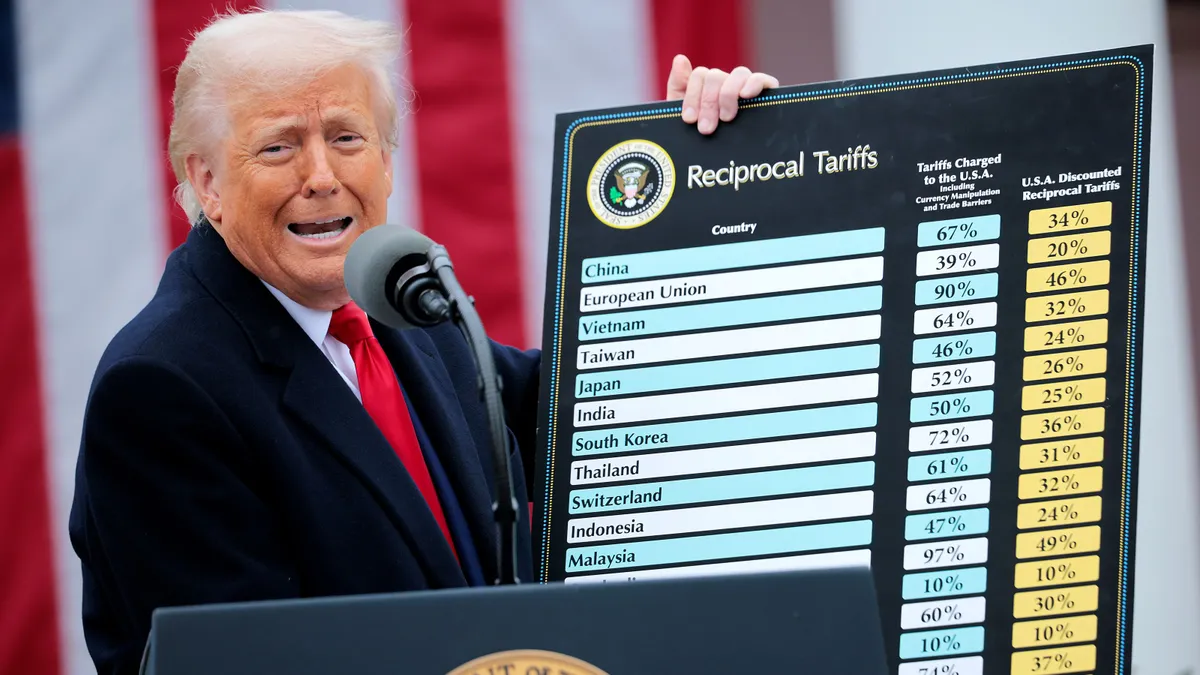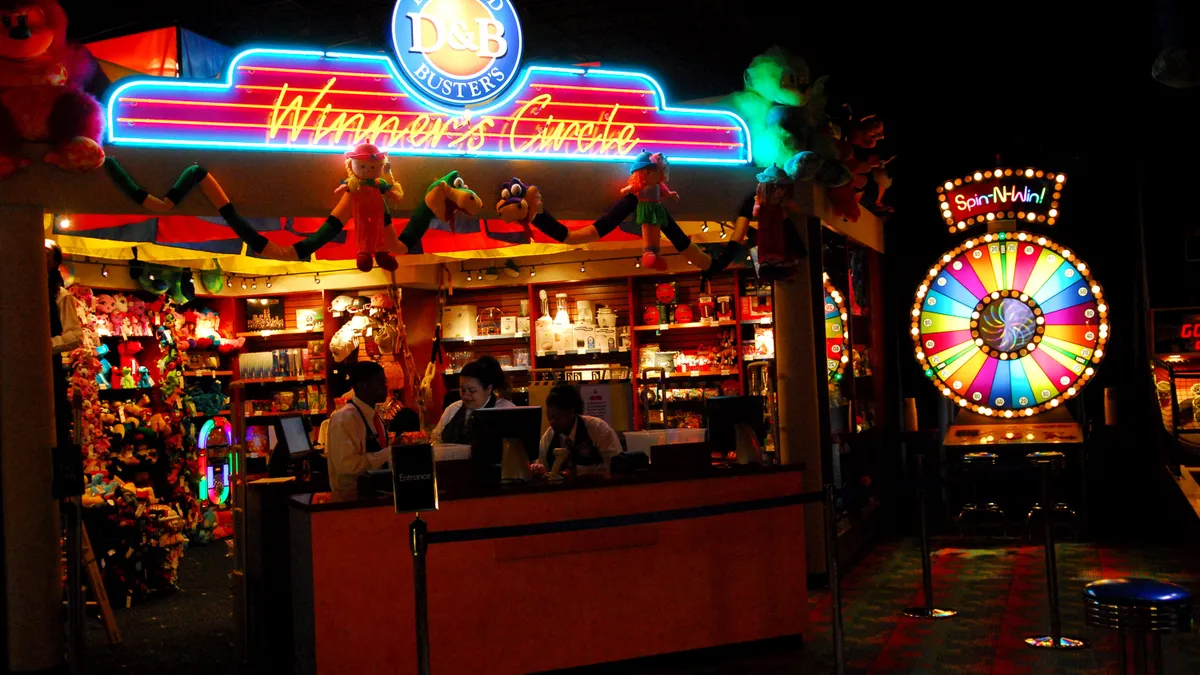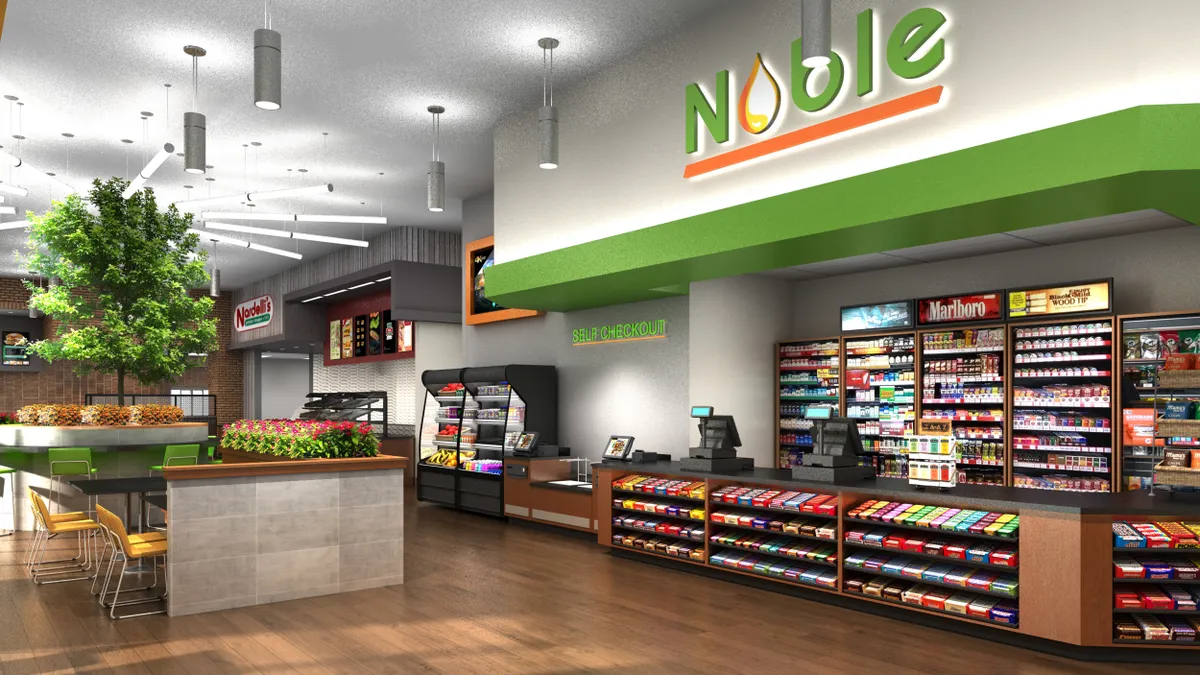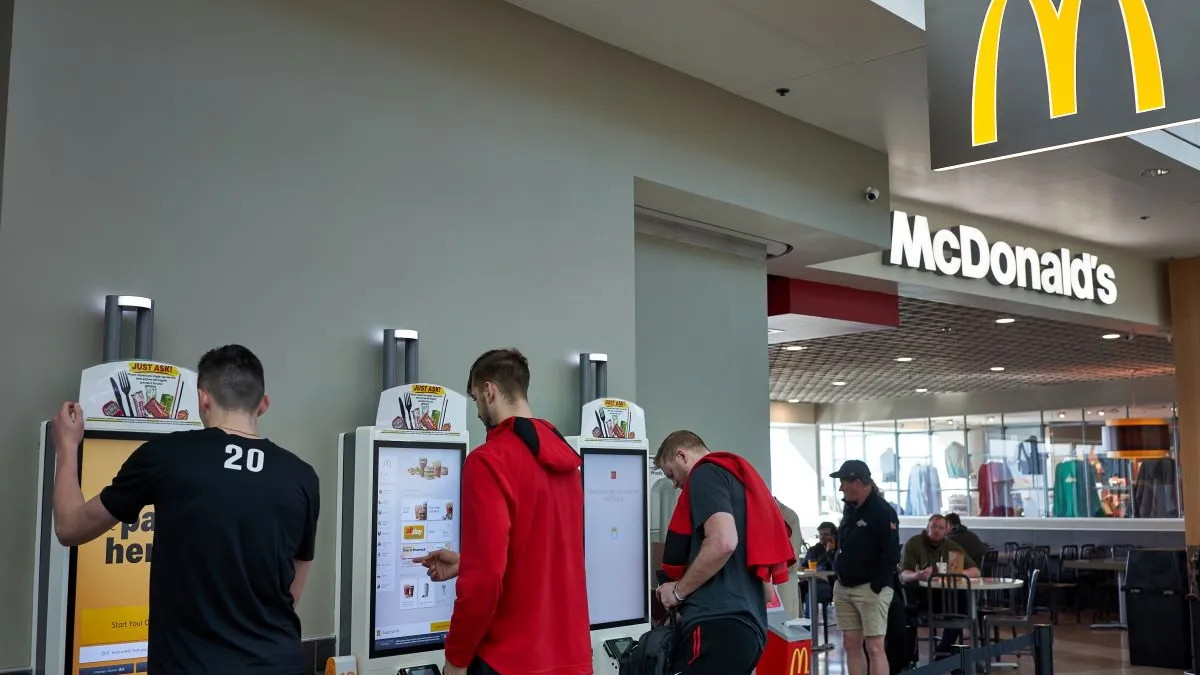Last month, beloved Washington, D.C., sandwich shop Taylor Gourmet suddenly announced the closure of all 17 of its locations. The news came just a few short days after the hoagie chain, a favorite of former president Barack Obama, filed for Chapter 7 bankruptcy. The fast casual restaurant was also in the midst of a marketing campaign for the opening of two Chicago locations, its first stores beyond the district and the start of the company's national expansion.
The unexpected shutdown followed reports that private equity firm KarpReilly LLC, which invested $5.6 million in the sandwich chain — a contribution that laid the foundation for securing the chain's last nine stores — pulled out of the company. The firm owned 75% of Taylor Gourmet, while the restaurants two co-founders own the remaining quarter.
In September, Taylor Gourmet co-founder and CEO Casey Patten told the Washington Business Journal that the company was attempting to renegotiate and terminate some of its leases with local landlords to pivot to smaller, less-expensive stores, but this move was too little too late. It seems the best-laid dreams for the company's growth were dashed by expensive real estate, stiff competition from rival fast food joints and a rapid expansion rate — a cautionary tale for regional chains on the cusp of national expansion.
Restaurant Dive spoke with industry experts to identify the obstacles and fatal mistakes that took down the restaurant, and how similar companies can avoid the same fate.
Careful real estate strategy is crucial
The restaurant industry is notorious for its low success rate, but the $800 billion business has grown even more volatile thanks to the rise of fast casual formats, which are undercutting casual dining and pressuring quick-service players to adjust their value offerings. The segment has expanded at a compound annual growth rate of 7% for the past five years, and is the only restaurant segment that has driven increased traffic during that time, according to the NPD Group.
While this environment helped Taylor Gourmet and chains like it get off the ground, the fierce level of competition from national companies makes it difficult to fly far.
"...An upstart chain like [Taylor Gourmet] must have faced a grueling and increasing level of competition from similar fast casual chains and food spots," author and digital marketing expert and serial entrepreneur Judge Graham told Restaurant Dive. "They sought to aggressively expand in recent months, and it seems like that kind of make-or-break plan ended up being the latter. Businesses should always set out a plan to aggressively scale with speed, but such a disruptive mindset needs to include plausibility to go along with the ambitious goals they set."
Real estate plays a critical role in this planning. In fact, Phil Kafarakis, president of the Specialty Food Association, told Restaurant Dive that real estate is nearly more important than menu offerings when it comes to launching a successful restaurant, especially when taking it national.
"Businesses should always set out a plan to aggressively scale with speed, but such a disruptive mindset needs to include plausibility to go along with the ambitious goals they set."

Judge Graham
Author and digital marketing expert
During this transition, companies must navigate unfamiliar territory with an entirely new set of leasing laws. Kafarakis noted that many small entrepreneurs look for investment partners as they expand to pay real estate costs, one of the biggest overheads in the business. But he warned that while investment cash may be easy to gain, it's also easy to lose — and quickly — as chains try to grow their store footprints.
Slow and steady wins the race
To avoid moving too quickly, David Donnan, senior partner in A.T. Kearney’s consumer and retail practice and global head of the food and beverage practice, said he recommends using a hub and spoke approach.
For example, if a chain that started and is successful in New York can try setting up another hub in Boston by testing one or two locations in that area. Tests can be done before a location is even opened by spreading news and asking questions of area consumers through social media. Once there are a few stores up and running with steady foot traffic, the restaurant chain can then start to establish strong relationships with local distributors and supply sources and invest in future employee training.
A slow-and-steady approach could help brands avoid Taylor Gourmet's struggles, which many analysts believe stemmed from a too much, too soon expansion rate.
"Taylor Gourmet seemed to have its fair share of other problems — including rumors of severe customer backlash after owner Casey Patten met with President Trump at a much-publicized small-business roundtable last year — but what it boils down to here, it seems, is too-fast expansion," Graham said.
Keep your niche consistent across markets
Consistency, Graham noted, is paramount, which means restaurants need to invest in products and talent that will deliver the same experience across the country.
"The restaurant needs to have attractive benefits and to be investing in people who can be leaders that help with expansion of the fundamentals," Kafarakis said.
Another key to success when entering new markets is building a consistent brand across regions, Graham said. He explained that before national expansion is even a glimmer of hope, restaurants need to build a strong foundation of regional recognition.
"Scaling your business depends on embracing your niche, and the chains that establish that kind of essential brand identity — like, for instance, Taco Bell's millennial-leaning strategy — haven't faced the difficulties of other chains," Graham said. "To go big as a market leader you have to start small, and to embrace the laser-focused niche that makes you stand out to consumers."
"To go big as a market leader you have to start small, and to embrace the laser-focused niche that makes you stand out to consumers."

Judge Graham
Author and digital marketing expert
Loyalty programs are one way to secure customer support needed to expand, and according to Kobie loyalty consultant Alex Fisher, Taylor Gourmet's offering was weak compared to competitors.
"Loyalty programs who only offer incentives for visits with no dollar value attached, run the risk of program sustainability issues," she said. "As QSR brands branch out — by adding fresh products, quick payment methods and more convenient ordering options — competitors need to develop revenue-based programs that drive both visits and order value. To truly thrive, these programs should have a dollar amount tied to its terms and conditions."
Taylor Gourmet's loyalty program was visit-based — each time a transaction was made at Taylor or through its app, this counted as a visit. After 30 visits, customers earned free branded products and a free starter for the first of each month for the year. When customers hit 60 visits, they scored a catered party for ten. But there was a fatal flaw in this formula: buying a small item, like a drink or a cookie, was still treated as a "visit" — giving savvy customers a great deal and losing the restaurant money.
Fisher pointed out that a loyalty program like Pizza Hut's, which is designed for members to earn two points for every dollar spent on food, no matter the ordering method, is a stronger platform.
"Not only does this take order value into consideration but it encourages customers to make repeat visits and offers them incentives that drive brand loyalty," she said.
National expansion isn't always best
While national expansion is viewed as the pot at the end of the rainbow for many regional chains, it's not in every company's best interest to grow to that scale, Kafarakis said.
For example, Donnan noted that while hoagies are a big draw on the East Coast, they are not native to Chicago, where the product is usually referred to as a submarine — a cultural difference that may have been an obstacle for Taylor Gourmet. Restaurants should also be careful to identify whether or not there is enough space for a specific restaurant offering to thrive in a potential market, analysts warned. If the competition is fierce, it may be better to explore less crowded territory, or stay in the region they already know and work to drive sales in local markets.
This may be the safest route for many restaurant chains, as it keeps them from over-extending their cash flow.
"It's one thing to have a food following in a region, but to go outside of that region, you [have] to spend a lot more money on marketing and advertising to get people in the door," Donnan said. "And from there, the more regions a restaurateur expands into, the costs grow exponentially."
Still, there are workarounds the high marketing and startup costs that come with national expansion that didn't exist five years ago.
For example, Donnan suggests that restaurants short on cash can enter a new market at a low cost by renting space from an existing restaurant's kitchen. By using another company's space, the chain can test with a strictly takeout business — a booming segment in today's industry. This gives a company a way to test out the menu in a new location, without putting down the roots and costs of employee training, kitchen supplies and more.


